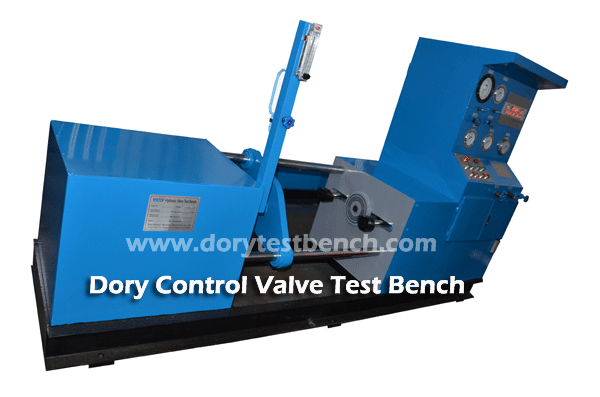
The ANSI standard FCI 70-2: Control Valve Seat Leakage, establishes a series of six seat leakage classes for control valves and defines the test procedures.
Class I. Is also know as dust tight and can refer to metal or resilient seated valves.
Class II. This class establishes the maximum permissible leakage generally associated with commercial double-seat control valves or balanced single-seat control valves with a piston ring seal and metal-to-metal seats.
Class III. This class establishes the maximum permissible leakage generally associated with Class II (4.2.2), but with a higher degree of seat and seal tightness.
Class IV. This class establishes the maximum permissible leakage generally associated with commercial unbalanced single-seat control valves and balanced single-seat control valves with extra tight piston rings or other sealing means and metal-to-metal seats.
Class V. This class is usually specified for critical applications where the control valve may be required to be closed, without a blocking valve, for long periods of time with high differential pressure across the seating surfaces. It requires special manufacturing, assembly and testing techniques. This class is generally associated with metal seat, unbalanced single-seat control valves or balanced single-seat designs with exceptional seat and seal tightness.
CLASS VI. This class establishes the maximum permissible seat leakage generally associated with resilient seating control valves either unbalanced or balanced single-seat with "O" rings or similar gapless seals.
|
Leakage Class |
Maximum Leakage Allowable |
Test Medium |
| I | ||
| II | 0.5% of rated capacity | Air or water at 50-125°F (10-52°) |
| III | 0.1% of rated capacity | As above |
| IV | 0.01% of rated capacity | As above |
| V | 0.0005 ml per minute of water per inch of port diameter per psi differential | Water at 50 to 125°F (10 to 52°C) |
| VI | Not to exceed amounts shown in following table based on port diameter. | Air or nitrogen at 50 to 125 F (10to52C) |
|
Leakage Class |
Test Pressure | Test Procedure |
| I |
No test required, as long as purchaser and vendor both agree. |
|
| II | 45-60 psig or max. operating differential whichever is lower | Pressure applied to valve inlet with outlet open to atmosphere or connected to a low head loss measuring device full normal closing thrust provided by actuator. |
| III | As above | As above |
| IV | As above | As above |
| V | Max service pressure drop across valve plug, not to exceed ANSI body rating. | Pressure applied to valve inlet after filling entire body cavity and connected piping with water and stroking valve plug closed. Use net specified max actuator thrust, but no more, even if available during test. Allow time for leakage flow to stabilize. |
| VI | 50 psig or max rated differential pressure across valve plug whichever is lower. | Actuator should be adjusted to operating conditions specified with full normal closing thrust applied to valve plug seat. Allow time for leakage flow to stabilize and use suitable measuring device. |
|
CONTROL VALVE SEAT LEAKAGE CLASSIFICATIONS |
|||
|
Nominal Port Dia Inches |
Nominal Port Dia mm |
Leak Rate ml / min |
Leak Rate bubbles / min |
| 3 | 76 | 0.9 | 6 |
| 4 | 102 | 1.7 | 11 |
| 6 | 152 | 4 | 27 |
| 8 | 203 | 6.75 | 45 |
| 10 | 250 | 11.1 | |
| 12 | 300 | 16 | |
| 14 | 350 | 21.6 | |
| 16 | 400 | 28.4 | |
Note:
Bubbles per minute as tabulated are a suggested alternative based on a suitable calibrated measuring device, in this case a 0.25-inch OD X 0.032-inch wall tube submerged in water to a depth of from 1/8 to 1/4 inch.
The tube end shall be cut square and smooth with no chamfers or burrs. The tube axis shall be perpendicular to the surface of the water. Other measuring devices may be constructed and the number of bubbles per minute may differ from those shown as long as they correctly indicate the flow in milliliters per minute.
Contact: Ivy Yu
Phone: 86-13757734757
Tel: 86-577-67962253
Email: info@dorytestbench.com
Add: Heyu Industrial Zone,Dongcheng,Yongjia,Zhejiang,China